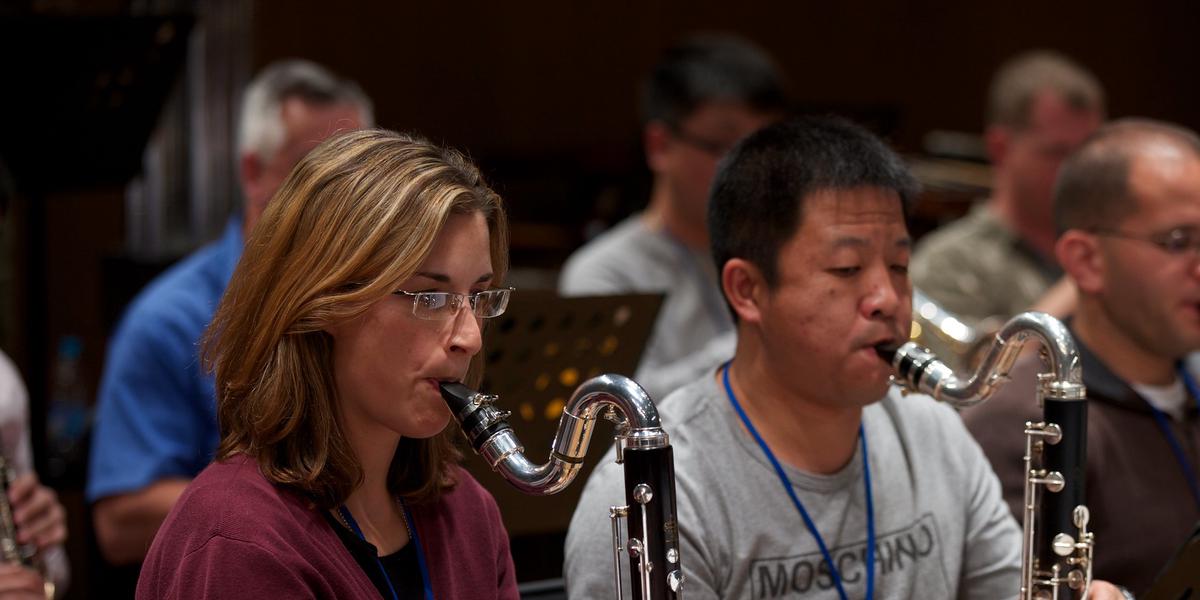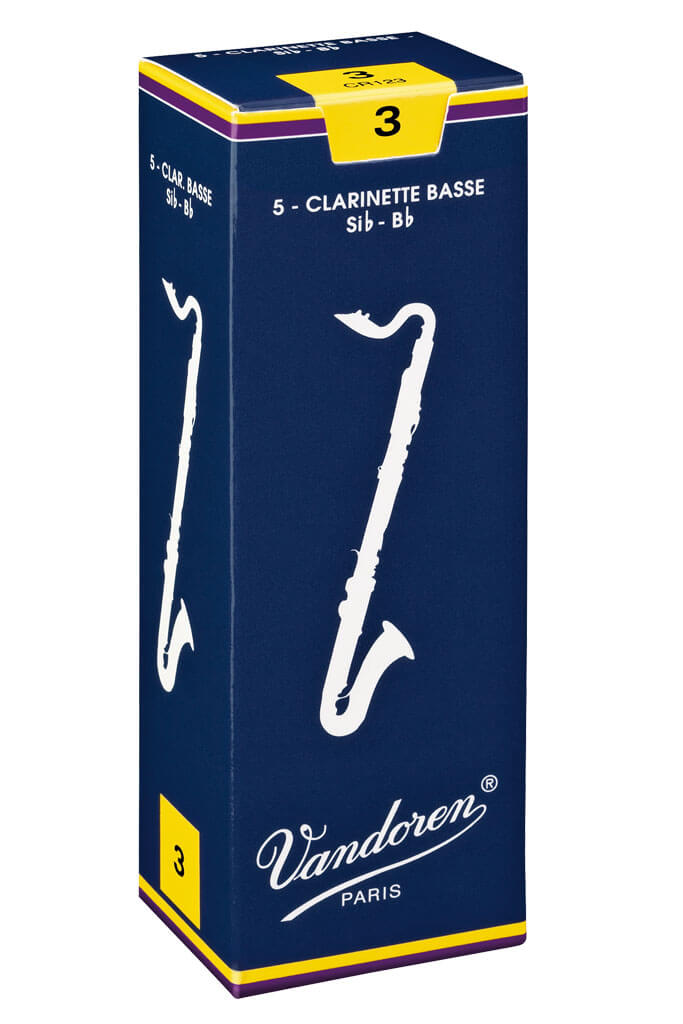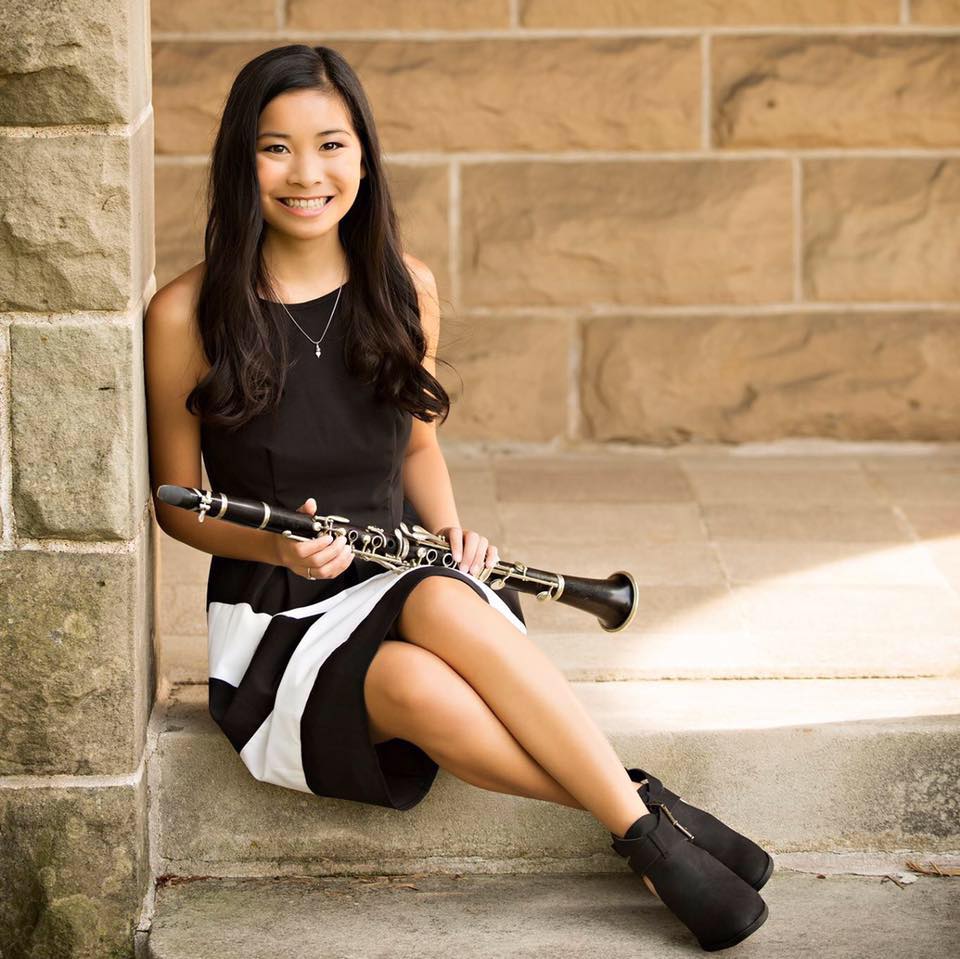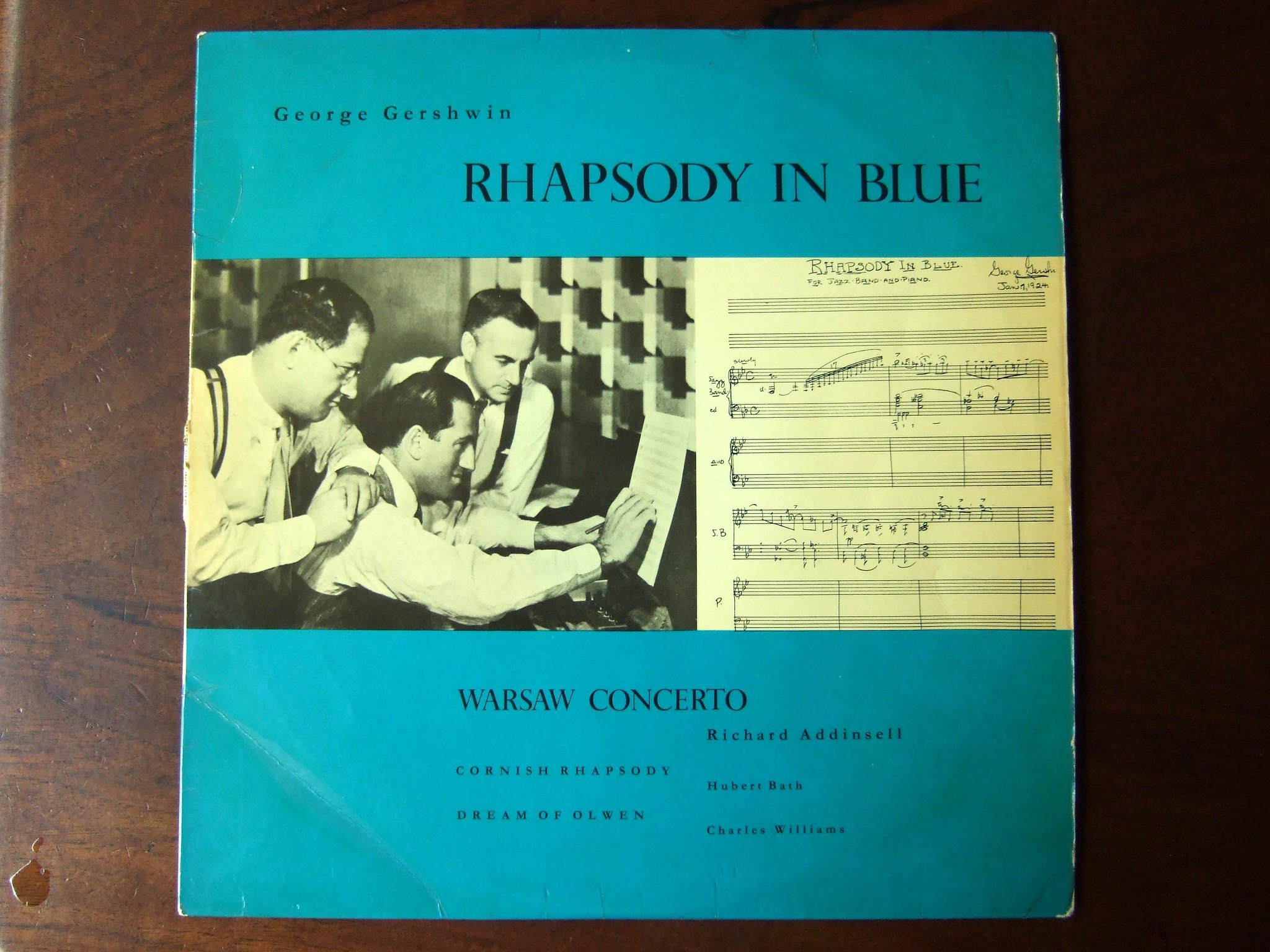The bass clarinet is a member of the clarinet family, but you will notice that it doesn't look quite like a normal Bb clarinet. The bass clarinet is a much larger instrument with a curve in the neck and a curve in the bell.
I collaborated with my friend, Grace who is a bass clarinetist to write an article on the multiple parts of the bass clarinet.
Mouthpiece
A bass clarinet mouthpiece will be slightly larger than a Bb clarinet mouthpiece because the bass clarinet is a much longer instrument. The mouthpiece will be at the top of the bass clarinet.
The mouthpiece on a bass clarinet is positioned differently inside the mouth due to the curved neck. The position of the mouthpiece feels similar to the position of the mouthpiece on a saxophone. This new mouthpiece position requires changes in the clarinet embouchure.
Purchasing a new, high-quality mouthpiece is a worthwhile investment for every clarinetist. The mouthpiece plays a huge role in producing a beautiful, rich, full, and in tune sound.
Vandoren bass clarinet mouthpieces are very reliable and successful mouthpieces for a variety of clarinets. Each Vandoren mouthpiece has unique qualities to fit each clarinetist's comfort and sound expectations. The Yamaha 4C bass clarinet mouthpiece is also a popular choice.
The mouthpiece will need to be cleaned due to the build-up of germs and saliva.
There are a few different ways to clean the mouthpiece. I use the lemon juice method. I take half a cup of lemon juice and half a cup of water and mix them both into one container. I wrap the cork of the mouthpiece with an adhesive tape. Then, I let the mouthpiece soak in the container for ten minutes. Once then ten minutes is up, I scrub any excess saliva stains inside the mouthpiece with a soft toothbrush. Lastly, I rinse the mouthpiece off in cold water to wash off the excess lemon juice. Other options besides lemon juice are mild soap or a neutral PH cleaning gel.
Vandoren experts advise clarinetists to avoid using hot water, white vinegar, ethyl acetate, or acetone-based dissolvent. All of these substances can cause harm to the mouthpiece. When swabbing the instrument after playing, make sure to take off the mouthpiece first. The swab can get stuck in the mouthpiece.
Neck
One of the most visible differences in the bass clarinet neck. The common Bb clarinet has a straight barrel that connects to the mouthpiece and upper joint. The bass clarinet has a curved neck that attaches the mouthpiece to the rest of the body.
The curved neck of the bass clarinet transfers the air from our diaphragm more directly and quickly through the instrument. The curved neck also aids in better acoustics. The sound is more round and focused.
Body
The body of the bass clarinet can come in either one long piece or two separate pieces. The more common bass clarinets in music programs have one long piece as a body.
Keys
The keys on the bass clarinet are like the keys on a saxophone. Since our fingers couldn't possibly cover the entire tone hole, the fingers press down keys with pads underneath to cover the entire tone hole.
The only exception is the lily pad key. The lily pad key is connected to the first tone hole key. This lily pad key is used when playing in the altissimo register of the clarinet. The lily pad helps with tone quality and the clarity of sound.
Floor Peg
The bass clarinet is too long and heavy to play without another type of support. The floor peg helps the musician hold up the bass clarinet, as well as offering a sense of stability.
Bell
The bass clarinet bell is also different from the bell on a soprano Bb clarinet. The bell on a bass clarinet is most commonly made out of nickel-silver. The bell is curved upwards to better project the sound out of the instrument.
Reeds
The reed is the small, thin piece of wood that attaches to the mouthpiece. Reeds are made out of Arundo Donax, also known as a cane that grows in damp soil. With the correct embouchure and amount of air pressure, the reed will vibrate to produce a sound. Reeds have a wide range of strengths/levels of resistance to fit each player’s preferences.
Clarinet reeds are very fragile items, so I recommend purchasing a good quality clarinet reed case.
Bass clarinet reeds will be slightly larger than soprano Bb reeds since it needs to cover the facing of the bass clarinet. Vandoren bass clarinet reeds are a popular choice among bass clarinetists.
Ligature
A ligature is an accessory that holds the reed in place on the mouthpiece. The ligature also helps in producing a quality sound, as long as it’s paired with a compatible reed and mouthpiece.
The main musical difference between ligatures is how they respond to the blowing pressure and the tone color they produce. Different materials will vibrate differently to produce unique responses and tone colors.
A Rovner clarinet ligature or Vandoren ligature are my two recommendations for quality ligatures. The Rovner Dark bass clarinet ligature is a great option for beginner to intermediate players. The Rovner Versa ligature for bass clarinet is a great option for advanced to professional bass clarinetists.
Closing Thoughts
The bass clarinet has fewer parts than the soprano Bb clarinet, but its parts are still fragile and should be taken care of. To do so, I recommend purchasing a clarinet case!





